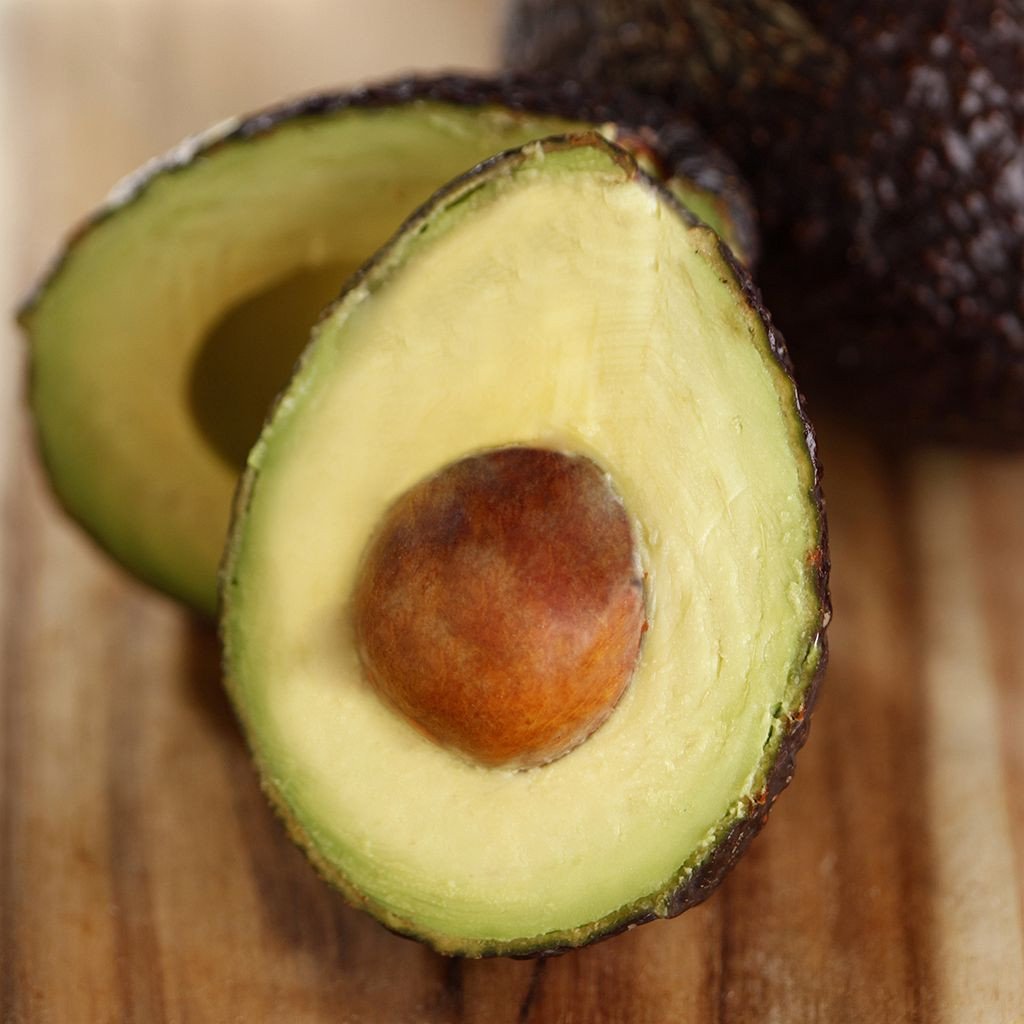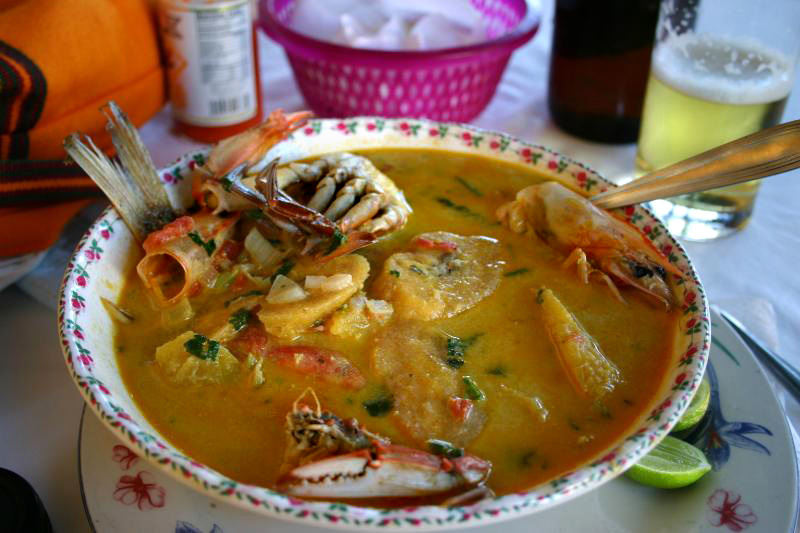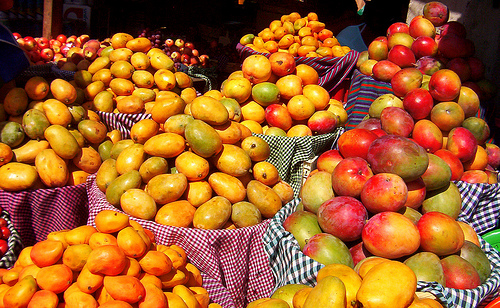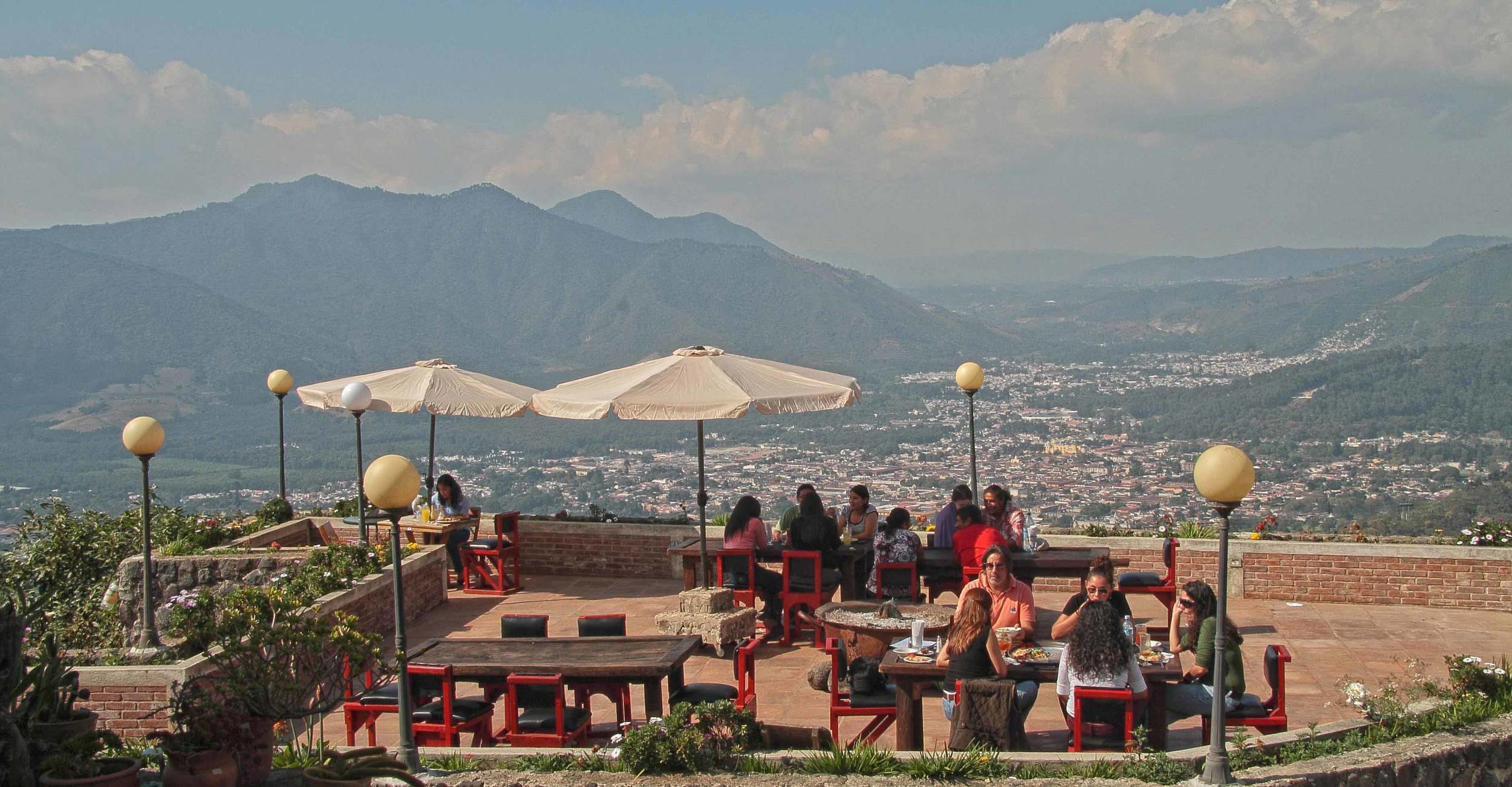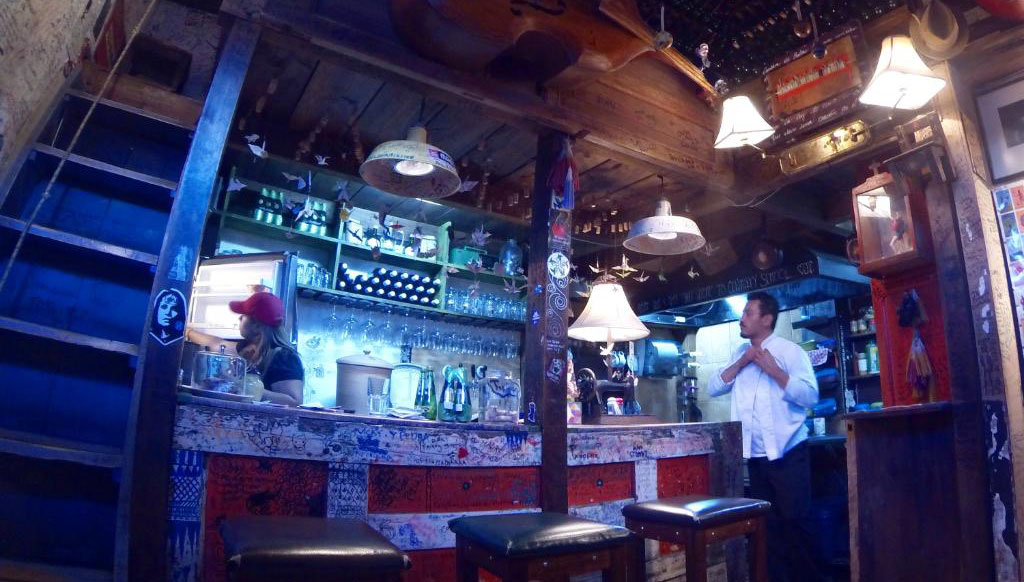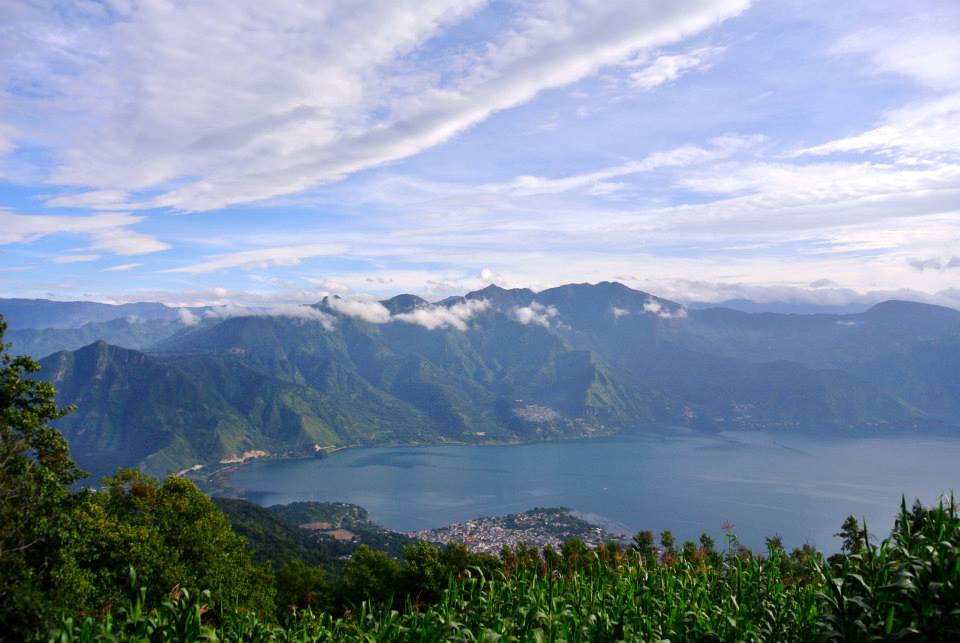Guatemalan Estofado is a dish of slow cooked meat in a tomato based sauce. The name comes from the Spanish word estofar, which means ‘to stew.’
In Europe, this culinary technique of stewing describes the process of enclosing food in covered pots. The one major difference between stew in Europe and Guatemala, is the base for the sauce. Wine is widely used as the liquid base in European stews; whereas in Guatemala, wine is hard to come by because it is expensive. Therefore, out of necessity, Guatemala uses tomatoes as a replacement for wine in stews.
In Guatemala, estofado is meat that is slowly cooked in tomatoes, onion, bell peppers, tomatoes, garlic, oregano, bay leaves, and thyme. The end product is a deliciously tender meat in a rich tomato sauce.
In the end, estofado, like many other Guatemalan dishes, is the combination of Spanish culinary techniques that utilize local produce and spices.
Learn to make this dish, here
Stews are often the preferred way of cooking meats in Guatemala, since the beef raised in Guatemala is 100% range-fed, lean and very flavorful, but tough. Therefore, the addition of a slow simmered cooking technique makes for more tender beef.
Long simmered dishes such as this are usually served with rice and tortillas to soak up the sauce.


